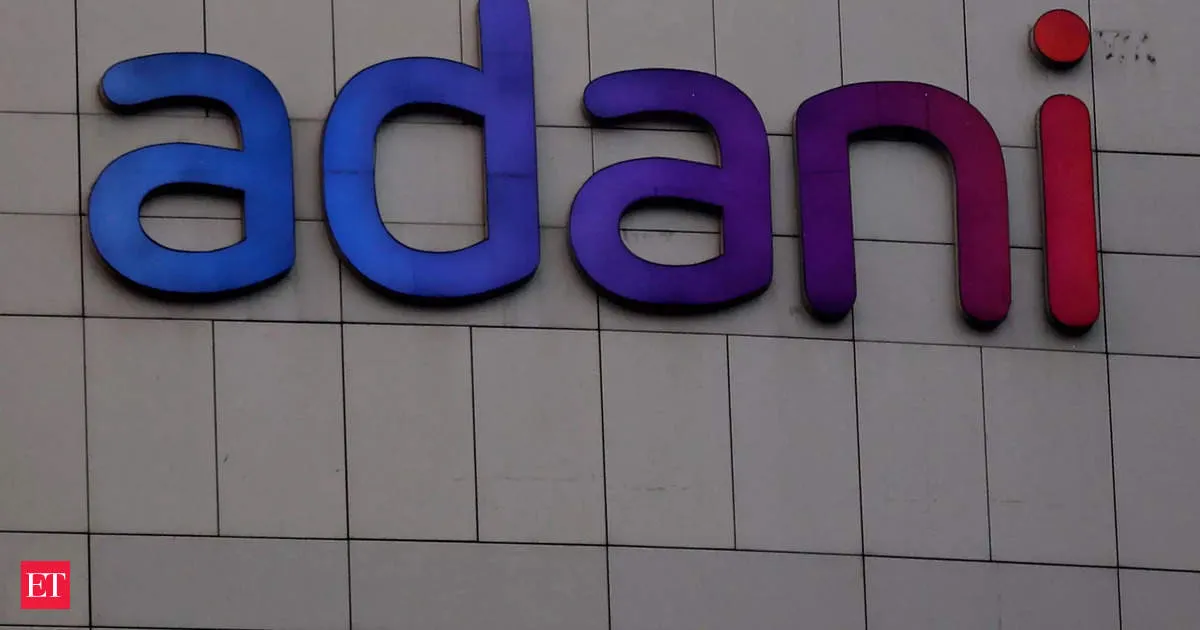Adani Group's Debt Soars as Domestic Banks and NBFCs Reach 36% Exposure

Debt Surge in Adani Group Driven by Banks and NBFCs
The latest data reveals that domestic banks and non-banking financial companies (NBFCs) have escalated their lending to the Adani Group, raising their exposure to 36% of the conglomerate's total debt by 500 basis points through the fiscal year 2023-24.
This debt surge is primarily due to substantial capital expenditures across various sectors, particularly green energy and infrastructure.
Debt Composition and Key Figures
- As of March 31, 2024, lenders have extended a total of ₹88,100 crore to the Adani Group.
- Outstanding loans from private and state-owned banks amounted to ₹70,213 crore, reflecting about 31% of the group's gross debt a year prior.
Banks such as State Bank, Union Bank, and Axis Bank are among those that have increased their lending, although responses to queries sent to these entities remain pending.
Focus on Infrastructure and Green Energy
- The Adani Group has invested heavily in expanding its infrastructure portfolio, including the airports business.
- Operating profit surged 45% year-on-year to ₹82,917 crore for 2023-24, bolstered significantly by its infrastructure segments.
Looking ahead, the group aims for an operating profit target of ₹1,00,000 crore in the coming fiscal, fueled by growth in cement, ports, and solar segments.
Notably, the group’s ability to manage debt effectively is evident, with the net debt-to-operating profit ratio falling to a six-year low of 2.19 times, down from 3.27 times previously.
This article was prepared using information from open sources in accordance with the principles of Ethical Policy. The editorial team is not responsible for absolute accuracy, as it relies on data from the sources referenced.